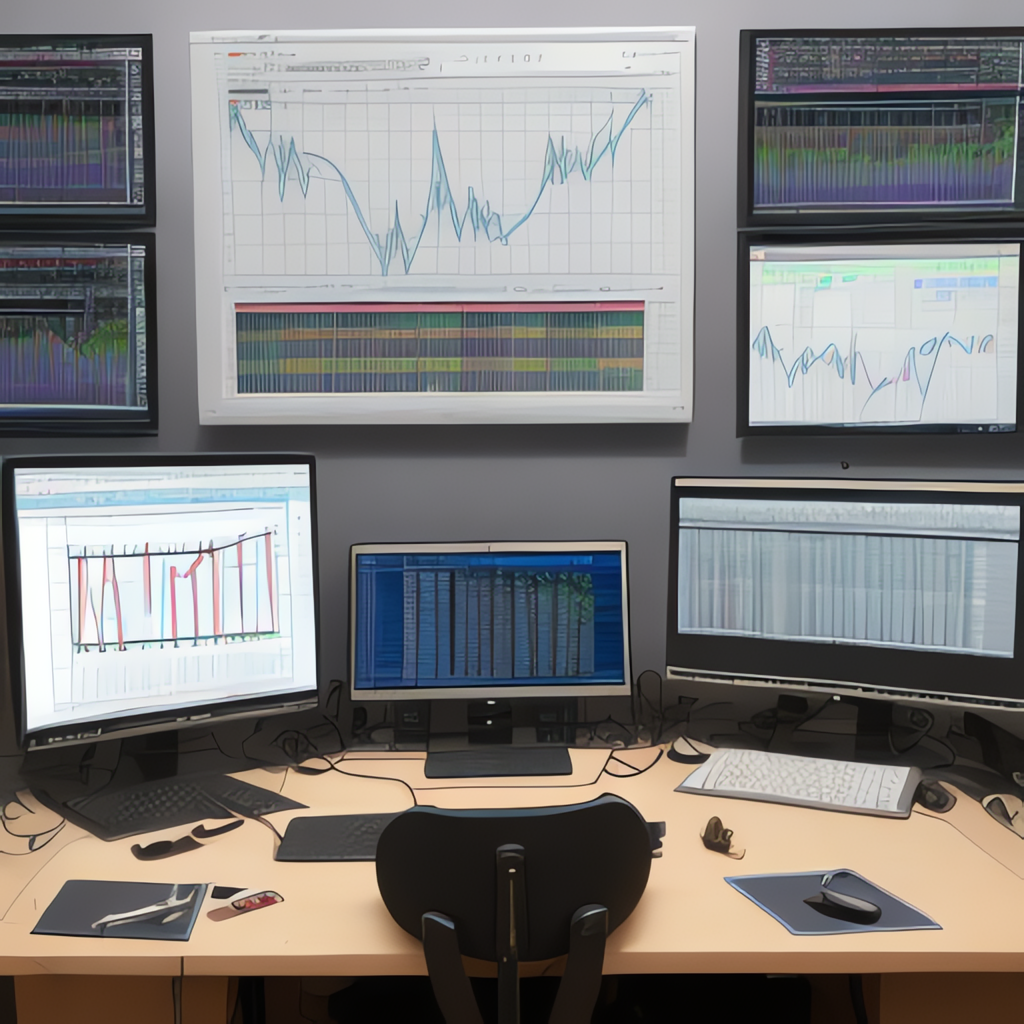Exploring the Versatile Realm of Data Visualization: From Bar Charts to Word Clouds and Beyond
Data visualization is a critical tool in today’s realm of data-intensive decision-making. From businesses and governments to media corporations and research institutions, stakeholders in diverse fields often seek actionable insights from the data. But, with the sheer volume of data being generated every second, it becomes increasingly challenging to make sense of these complex data landscapes. It was here that data visualization took the forefront, bridging the gap between raw data’s ambiguity and comprehensible insights.
The versatility of data visualization extends far beyond the ordinary bar charts and pie graphs. Here, we will delve into a plethora of visualization techniques, ranging from straightforward charts to innovative word clouds, and showcase their applications in understanding, interpreting and presenting data effectively.
Bar charts and pie graphs, foundational in the data visualization universe, serve as the bedrock of simple yet profound insights into distributions and proportions. While bar charts excel at comparing quantities across discrete categories, pie graphs provide clarity in depicting the proportion of each category within a whole. For instance, these visual tools would be invaluable to a marketer in understanding consumer preferences by category (e.g., beverage types) or market segment (e.g., age group), respectively.
Line charts, on the flip side, excel at visualizing trends over time, making them indispensable for fields such as finance, where historical stock prices or GDP figures need to be analyzed. Their capacity to show gradual changes or cyclical patterns in data sequences offers clear, concise, and intuitive insights, enhancing understanding on potential forecasts or trends.
Diverging Bar Charts, a sophisticated yet straightforward tool, prove to be particularly instrumental in comparing contrasts. By displaying two measures (such as sales in two distinct periods) in a visually intuitive way, these charts highlight differences clearly, a significant advantage particularly beneficial for analysts or business leaders seeking to identify shifts in market conditions.
Heat maps offer a highly compelling visual medium for exploring complex datasets with a multidimensional flavor. By employing color gradients to represent data intensity, heat maps elucidate intricate patterns and trends within a dataset, such as transaction volumes across different geographical locations and time frames. They’re especially invaluable in fields where data density and variability across dimensions have to be assessed, like market analysis or weather forecasting.
Cluster graphs, meanwhile, provide the visual depth necessary to discern patterns in spatial datasets, whether it’s geographical locations, social network connections, or city density. By identifying and categorizing entities into clusters based on similarities, these graphs enable stakeholders to comprehend complex relationships and characteristics within their data, offering unparalleled insights into such varied environments.
Word clouds, a more innovative entry into the visualization canon, serve a unique purpose: the concise depiction of textual datasets with visual weight. By scaling each word’s size according to its frequency or significance within a corpus, word clouds allow for a quick grasp of the central themes or prevalent discussions, particularly useful in content analysis, customer feedback studies, or understanding public sentiment on various topics.
As data continues to outpace human understanding and interpretation capabilities, tools like data visualization serve as critical amplifiers of insight. From bar charts to word clouds, the myriad of visualization techniques offer tailored solutions, each addressing the multifaceted challenges of making sense of data. The key, however, lies in selecting the right visualization method that best illuminates data’s nuances, ensuring that the resulting insights are not only accurate but also actionable, thus facilitating informed decisions.
In essence, the realm of data visualization offers a treasure trove of tools, each equipped to address data challenges across a wide spectrum of applications. Whether it’s business intelligence, academic research, or media reporting, data visualization is more than a supporting function—it’s a strategic pillar in data-driven decisioning, capable of unlocking profound insights from data’s complex depths.
